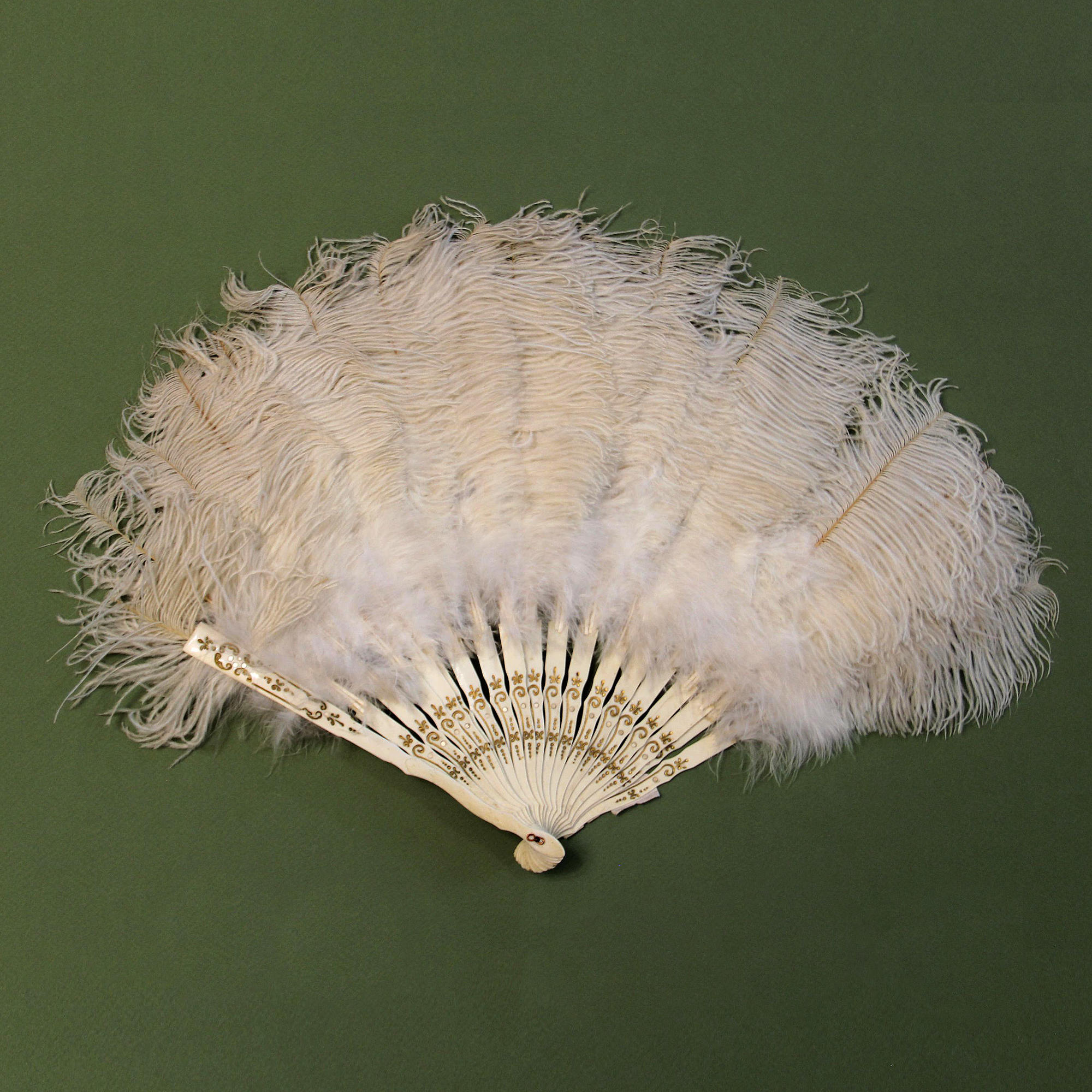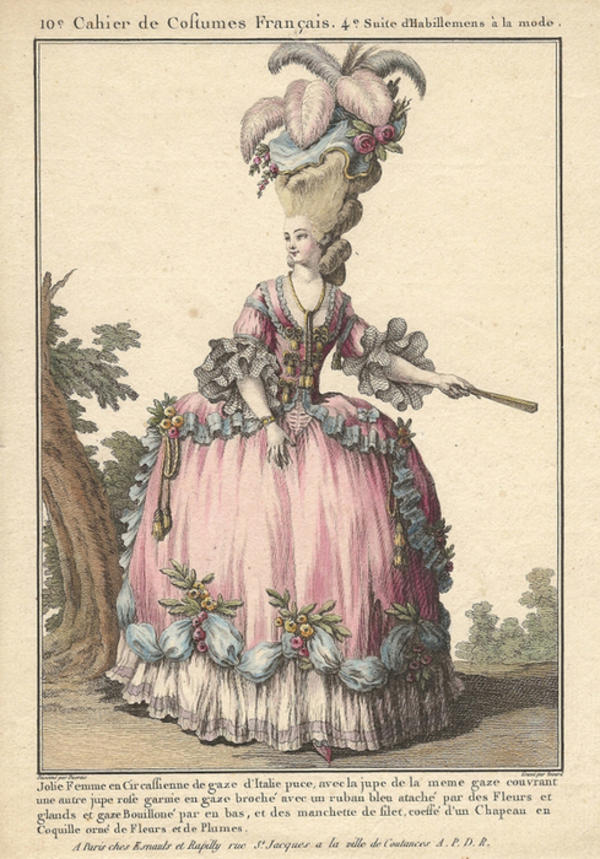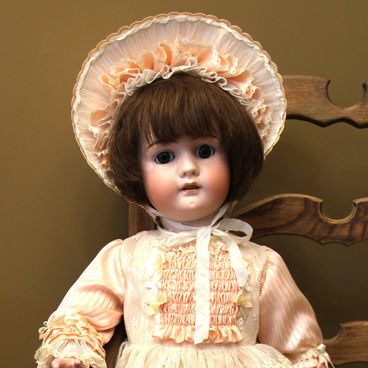Fans became known back in Ancient Egypt and India. Then they were used for their intended purpose – to create coolness. Gradually it became an accessory to supplement outfits.
A Hand Fan
Creation period
The early 20th century
Dimensions
30x30 cm
Height - 30 cms
Height - 30 cms
Technique
Feather, plastic
Exhibition
0
Open in app#1
A Hand Fan
#15
#16
In Europe folding fans appeared in the 15-16th centuries, and the fan fashion reached its peak in the 17-18 centuries. At that time, France started its own production of fans as well as ordered them from Oriental countries. French fashionistas came to salons, receptions and ballrooms wearing fans, which were the main accessory, a sign of distinction, a way to make their outfits standout and show their exquisite taste.
#17
Fans aroused the interest of women’s magazines, which started publishing articles about them. The authors of such articles briefed the readers on their history, gave practical advice on their choice and wrote reviews about items of women’s innerwear. At the same time, Europe started arranging exhibitions of fans from the late 19th century, with craftsmen from various countries displaying their pieces.
#18
Fans came into fashion in Russia rather late, by the 18th century together with the fan language. Through the movements of her fan a lady was able to explain herself to her squire, who tried to excel at understanding all the signs she made as his destiny often hinged on his ability to read her message correctly. The fan language was taught in special textbooks. A folded fan turned to him and held in the right hand of the lady expressed her fondness and good disposition. If the lady folded her fan in his presence, it meant that she was doubtful about the truth of what he was saying. When she covered her chin and a part of her cheek, she was flirting. She expressed her impatience while waiting by patting her folded fan on her palm.
#6
Beautiful woman in circus gauze from Italy. 1778. Source: commons.wikimedia.org
#19
This accessory earned the appreciation of tsarinas and queens. The mother of Peter the Great, Natalia Kirillovna, used a black ostrich punkah, and its jasper handle was decorated with emeralds, rubies and pearls. Queen Elizabeth II and the Queen of England Alexandra of Denmark were crowned when holding fans in their hands. Empress Maria Feodorovna had a fan made of turtle frame and snow white ostrich feathers. Such fans were not just a fashion homage but also a luxury item.
#20
Classic fans were mostly made of ivory or wooden plates, which were sheathed in fabric or paper. During the art nouveau period, carved fans were in fashion and those decorated with hand-made painting, or with ostrich and peacock feathers. Fans fully made of feathers were called pliants, which means folded if translated from French. Their popularity was directly related to the domestication of exotic birds.
#21
In the 20th century, to which the exhibit is referred, fans were from South Africa, where most ostrich firms were concentrated. From there they were sent to various cities: London, New York and Paris. London became a major centre of trade in feathers. There, they held annual auctions, which sold rarities and designer accessories from all over the world.
#22
During the art nouveau period, fans reached the peak of their popularity. They were mostly decorated with Chinese, Arab and Russian motifs. These accessories gradually went out of fashion by 1915.
read morehide
00:00
00:00
1x
A Hand Fan
Creation period
The early 20th century
Dimensions
30x30 cm
Height - 30 cms
Height - 30 cms
Technique
Feather, plastic
Exhibition
0
Open in app
Share



